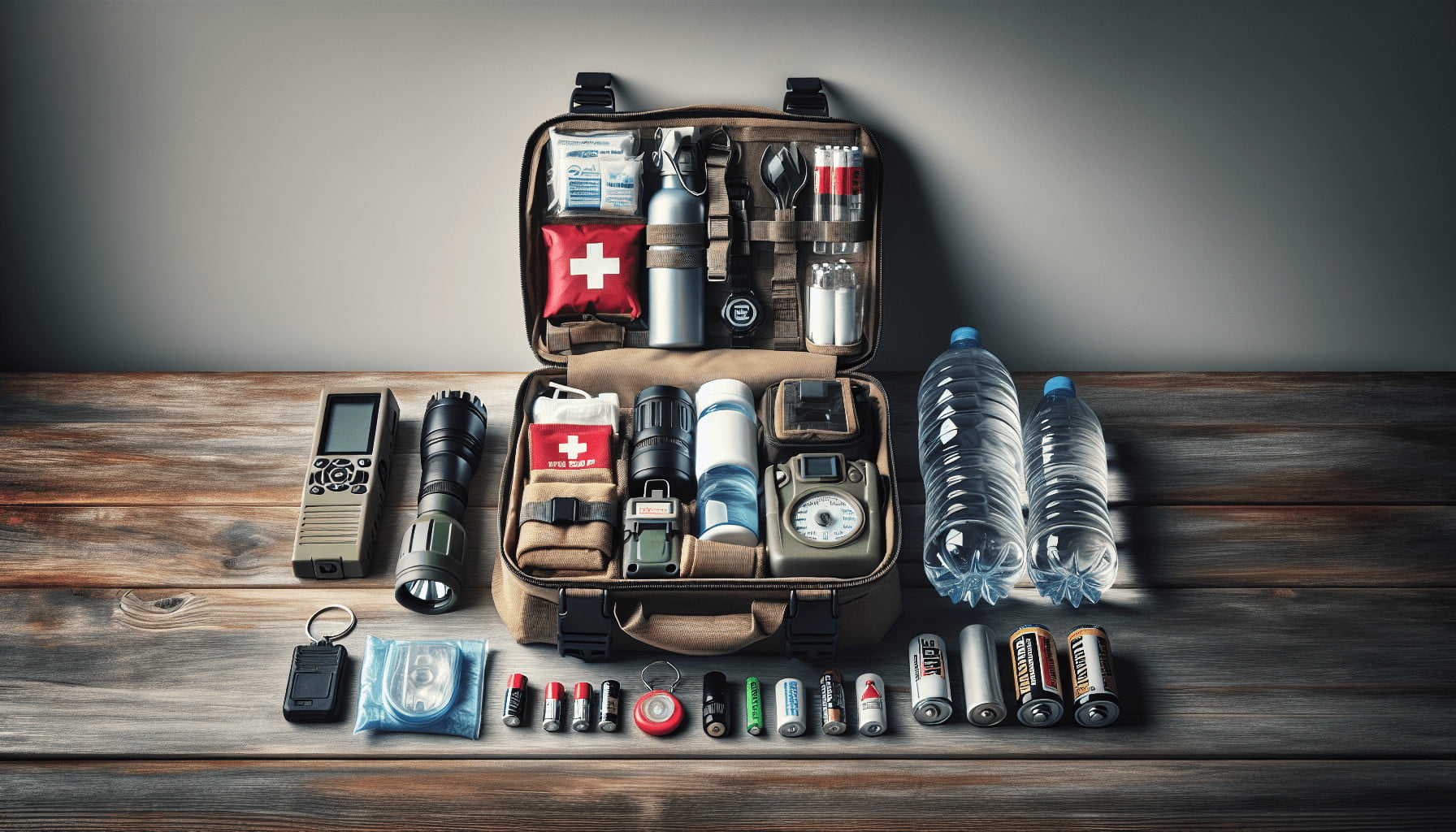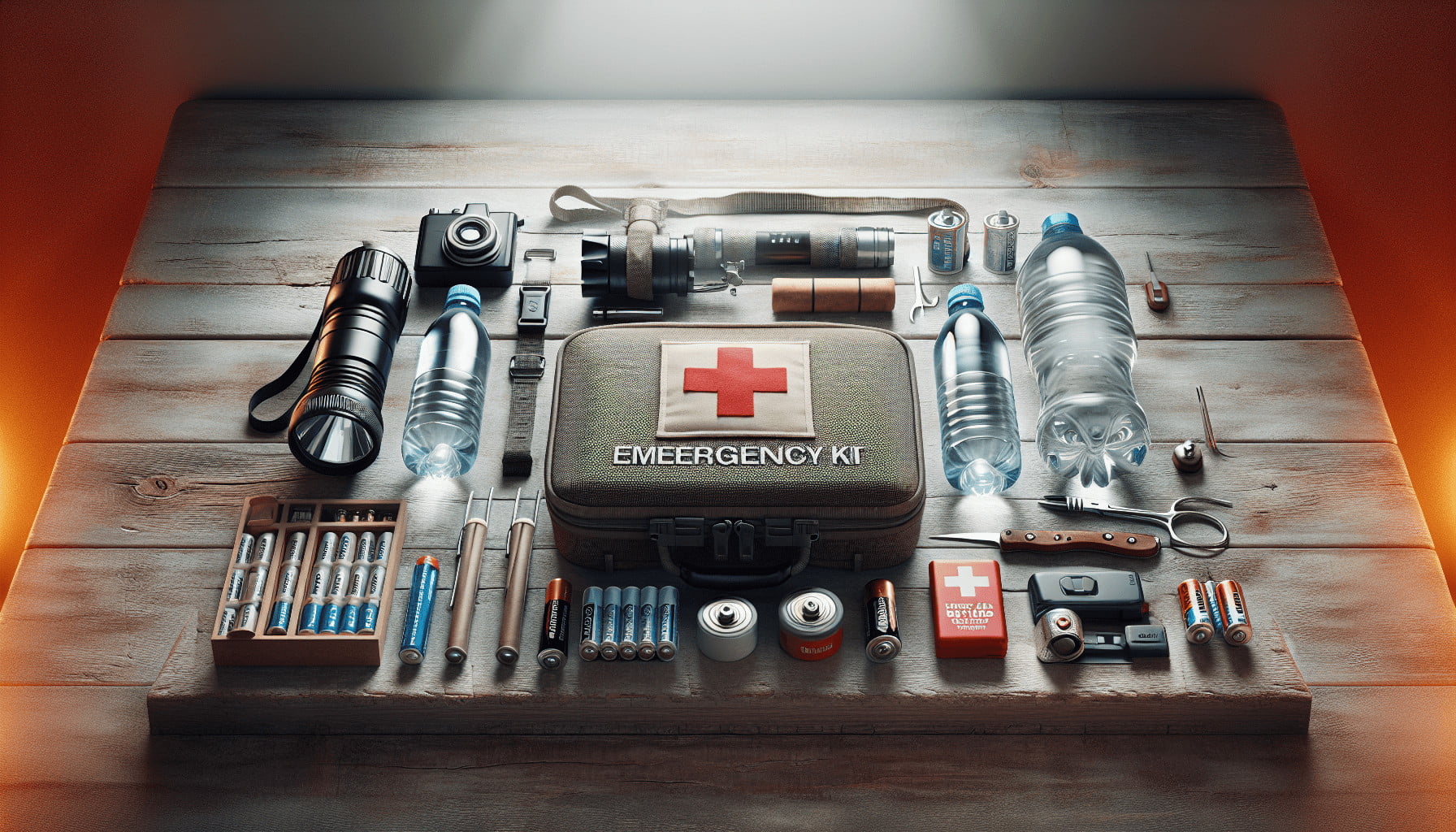When emergencies strike, having a well-thought-out family communication plan can make all the difference. In “How To Create A Family Communication Plan For Emergencies,” you’ll learn practical steps to ensure your family stays connected and informed, no matter the situation. From designating meeting points to establishing a chain of contacts, this guide covers everything you need to prepare for unexpected events. With clear communication strategies, you can reduce panic and confusion, making it easier for everyone to stay safe and reunite quickly. Have you ever thought about what would happen if disaster struck and your family was separated or couldn’t communicate? Emergencies happen when you least expect them, and being prepared can make a world of difference. Creating a family communication plan for emergencies is crucial for staying connected and ensuring your loved ones’ safety.
In this article, we’ll walk you through every step of creating an effective family communication plan. By the end, you’ll have a detailed, actionable plan that everyone in your household understands and can follow. Let’s get started!
Why You Need a Family Communication Plan
It might be easy to overlook the importance of a communication plan, but having one is necessary for peace of mind and preparedness. Emergencies can range from natural disasters like hurricanes and earthquakes to more personal issues like fire or sudden illness.
When these situations arise:
- Information and Coordination: A plan ensures everyone knows what to do and where to go.
- Stress Reduction: A predefined plan reduces chaos and anxiety.
- Safety: It increases the likelihood of everyone staying safe and connected.
Common Scenarios Requiring a Communication Plan
- Natural Disasters: Hurricanes, earthquakes, and tornadoes.
- Man-Made Disasters: Fires, chemical spills, and terror attacks.
- Personal Emergencies: Accidents, sudden illness, and house fires.
Steps to Create Your Family Communication Plan
Creating a plan doesn’t have to be complicated. Here’s a step-by-step guide to help you:
1. Gather Your Information
Start by collecting all essential information. Knowing what you need and where to start is half the battle.
Information You Need:
- Contact Information: Phone numbers and emails for each family member.
- Medical Information: Allergies, medications, and emergency contacts.
- Work, School, and Daycare Details: Addresses, phone numbers, and emergency policies.
2. Choose Emergency Contacts
Designate primary and secondary emergency contacts. These should be people you trust who can act as intermediaries during an emergency.
Table: Emergency Contact Information
| Name | Relationship | Phone Number | Email Address |
|---|---|---|---|
| John Smith | Uncle | (555) 123-4567 | johnsmith@example.com |
| Jane Doe | Family Friend | (555) 765-4321 | janedoe@example.com |
3. Establish Meeting Places
Determine safe meeting places for different scenarios. Select both a nearby location and one that is farther away in case the local area is unsafe.
Types of Meeting Places:
- Immediate Vicinity: A neighbor’s house or community center.
- Out-of-Area Location: A relative’s home in another town or city.
4. Communication Methods
Discuss and set up primary and backup methods for communicating.
Primary Communication Methods:
- Phone Calls: Direct contact via phone.
- Text Messages: SMS for quick communication.
- Emails: For exchanging detailed information.
Backup Communication Methods:
- Social Media: Facebook or Twitter updates.
- Emergency Apps: Apps like Red Cross Emergency or FEMA.
- Two-Way Radios: Walkie-talkies for immediate vicinity communication.
5. Create Emergency Cards
Create pocket-sized emergency contact cards for each family member. These hold all essential information and can be easily carried.
What to Include on the Card:
- Name
- Primary and secondary contact numbers
- Emergency meeting places
- Important medical information
6. Develop an Escape Plan
Map out and practice your escape routes. Knowing the safest and quickest ways to exit your home can save lives.
Steps to Create an Escape Plan:
- Identify Exits: Know all doors and windows.
- Draw a Map: Sketch the layout of your home.
- Practice Drills: Regularly run through your escape plan.
7. Update and Maintain the Plan
Your plan isn’t static; it should be reviewed and updated regularly.
When to Update:
- After major life changes (moving, new job, etc.)
- When children grow older and become more aware
- Annually, as a routine check
Emergency Drills and Practice
Practice makes perfect, and emergency drills ensure that everyone is familiar with the plan and knows their role.
Types of Drills:
- Fire Drills: Practicing safe exit during a simulated fire.
- Weather Drills: Preparing for tornadoes, hurricanes, etc.
- Communication Drills: Testing different communication methods.

Using Technology in Your Emergency Communication Plan
Technology can be a lifesaver during emergencies but also has its pitfalls. It’s crucial to know the benefits and limitations of each tech tool.
Mobile Phones and Apps
Mobile phones are usually your first line of communication. Ensure each family member knows how to use them effectively in an emergency.
Recommended Emergency Apps:
- FEMA App: Provides alerts and disaster resources.
- Red Cross Emergency: Offers real-time alerts and emergency tips.
- Life360: Family locator and private messaging app.
Social Media
Platforms like Facebook and Twitter can be useful for updating a wide audience quickly. However, privacy concerns mean you should be cautious about what you share.
Backup Power
Consider investing in portable chargers or solar-powered battery packs to keep your devices running if power is out for an extended period.
Special Considerations for Different Family Members
Every family member has unique needs. Consider these while making your plan:
Children
Kids need simple, clear instructions and frequent practice.
Tips for Including Children:
- Use role-playing to teach steps.
- Create easy-to-understand emergency cards.
- Involve them in drills so they know what to expect.
Elderly Relatives
Older family members might need extra help with mobility and technology.
Additional Steps:
- Assign a buddy system for them.
- Make sure their emergency kits include necessary medications.
- List any special needs on emergency cards.
Pets
Don’t forget your furry friends!
Pet Emergency Kit:
- Pet food and water
- Leash and carrier
- Medical records and a recent photo

Building an Emergency Kit
An emergency kit is a crucial part of your plan. Stock it with essential supplies to last at least 72 hours.
What to Include:
- Water (1 gallon per person per day)
- Non-perishable food
- First aid kit
- Flashlights and extra batteries
- Basic tools (like a multi-tool)
- Personal hygiene items
- Important documents in a waterproof container
Optional Items:
- Prescription medications
- Infant supplies (if needed)
- Cash (small bills and coins)
- Local maps
Evaluating and Practicing Your Plan
The last step is ensuring your plan works in real-world scenarios.
Schedule Regular Reviews
Set a calendar reminder to reevaluate everything.
Run Regular Drills
Make it a family activity. Regular practice ensures everyone is prepared and understands their role.
Get Feedback
After each drill, sit down as a family and discuss what went well and what could improve. This debrief is crucial for refining your plan.
Conclusion
Creating a family communication plan for emergencies might seem daunting, but breaking it down into manageable steps makes it achievable. By gathering essential information, establishing communication methods, and practicing your plan, you ensure that your family is prepared for the unexpected. Plan today for a safer tomorrow!
Remember, the peace of mind that comes with being prepared is priceless. So, what are you waiting for? Start building your family communication plan today!
